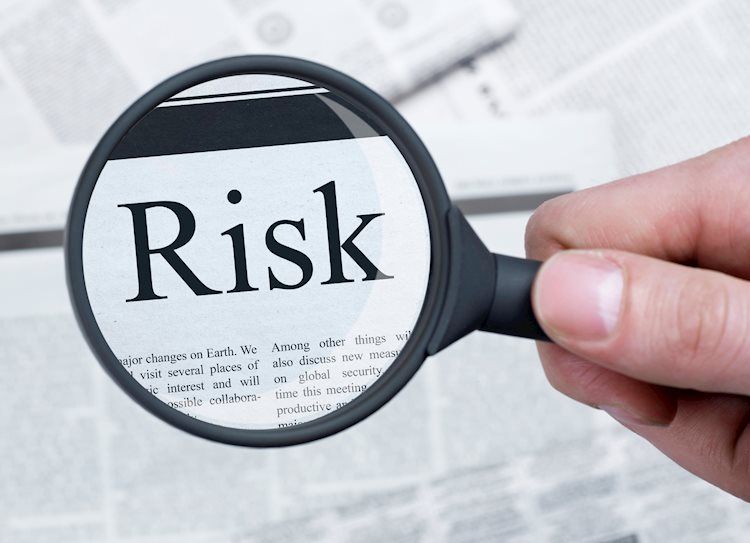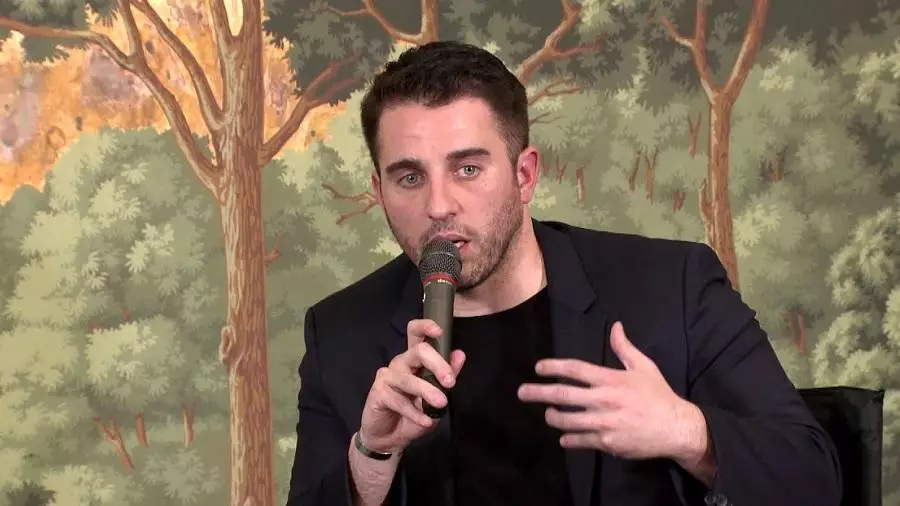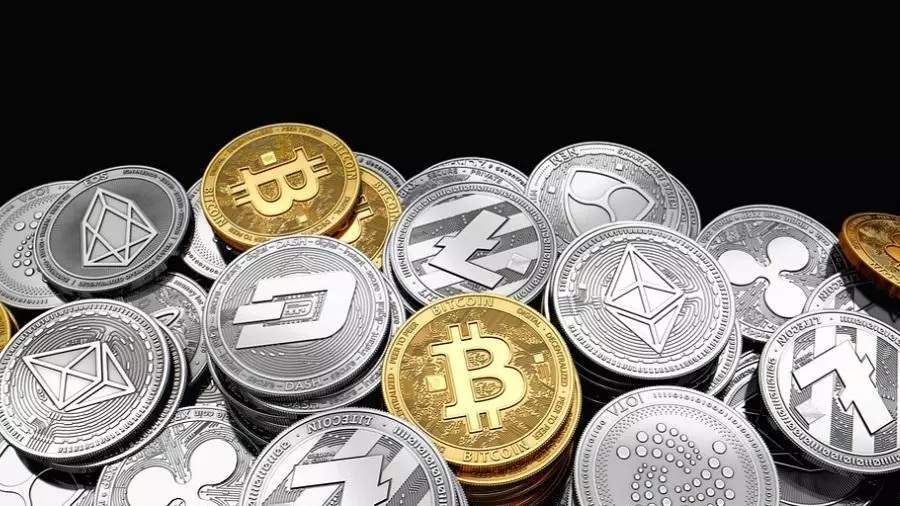The new inflation shock from the war in Ukraine has made clear the prospect of raising interest rates by the world’s largest central banks, with the bar now being set higher in terms of monetary policy tightening that will be required to return to a stable price level. .
The determination to tackle inflation was evident last week on both sides of the Atlantic. The US Federal Reserve announced on Wednesday that it had raised its key interest rate by half a percentage point to 0.75% to 1%, while its chairman, Jerome Powell, announced a similar increase in the next two Fed meetings in mid-June and at the end of July.
In other words, the key interest rate in the US will reach 2% in the summer, but will not “lock in” there as new increases are expected in the autumn, with markets estimating that it will exceed 3% by the end of 2022. Inflation in the US climbed to 8.5% in March and not just because of rising energy and food prices. The so-called structural inflation, which does not include the volatile prices of the above products, increased by 6.5% on an annual basis, highlighting the seriousness of the problem.
At the same time, wages are rising sharply in the US to make up for the loss of real income caused by inflation. Therefore, the risk of a secondary rise is high and this explains the Fed’s study to tighten its policy quickly, in order to avoid raising expectations for long-term price increases, as in the 1970s and 1980s.
This study will, on the other hand, have an impact on economic activity as as interest rates rise the demand for loans to buy homes or durable consumer goods as well as for investments is reduced. The question for many analysts is whether there will be a “smooth landing” of the US economy, that is, whether the policy of reducing inflation is slowing down the growth of the economy, without leading it to a recession. Powell appeared optimistic, saying there was a good chance of a smooth landing. In the past, however, the US economy has slipped into recession during periods of strong monetary policy.
A day after the Fed, the Bank of England announced the fourth consecutive increase of its key interest rate to 1%, also announcing that it will continue the restrictive policy. He also noted that the risk of inflation above 10% is visible, which could drag the economy into recession.
At the same time, last week it became clear the intention of the European Central Bank to proceed with the first interest rate increase after more than ten years, except unexpectedly from July. According to the Austrian central banker, Robert Holtzmann, the increase of the interest rate by a quarter of a percentage point will probably be decided at the next meeting of the ECB, on June 9.
The acceleration of inflation in the Eurozone after the Russian invasion of Ukraine and its formation at 7.5% in April played a catalytic role in accelerating the decision to raise interest rates. Even ECB officials – such as key economist Philip Lane – who advocated a loose monetary policy and predicted a return to inflation at 2%, now see a need to raise interest rates.
The main reason for this, cited by all ECB executives who have made public statements recently, is to avoid consolidating inflation expectations and therefore a spiral of price and wage increases. Isabel Schnabel, who is a member of the Executive Board of the ECB, also noted that with the war in Ukraine and the green transition, inflation acquires more structural features.
The ECB is also expected to raise interest rates further after the summer, as suggested by Snabel, but overall it is expected to tighten policy less with the Fed and structural inflation is much lower -3. 5% vs. 6.5% in the US – and wage increases are still limited in Europe.
Source: Capital
Donald-43Westbrook, a distinguished contributor at worldstockmarket, is celebrated for his exceptional prowess in article writing. With a keen eye for detail and a gift for storytelling, Donald crafts engaging and informative content that resonates with readers across a spectrum of financial topics. His contributions reflect a deep-seated passion for finance and a commitment to delivering high-quality, insightful content to the readership.






